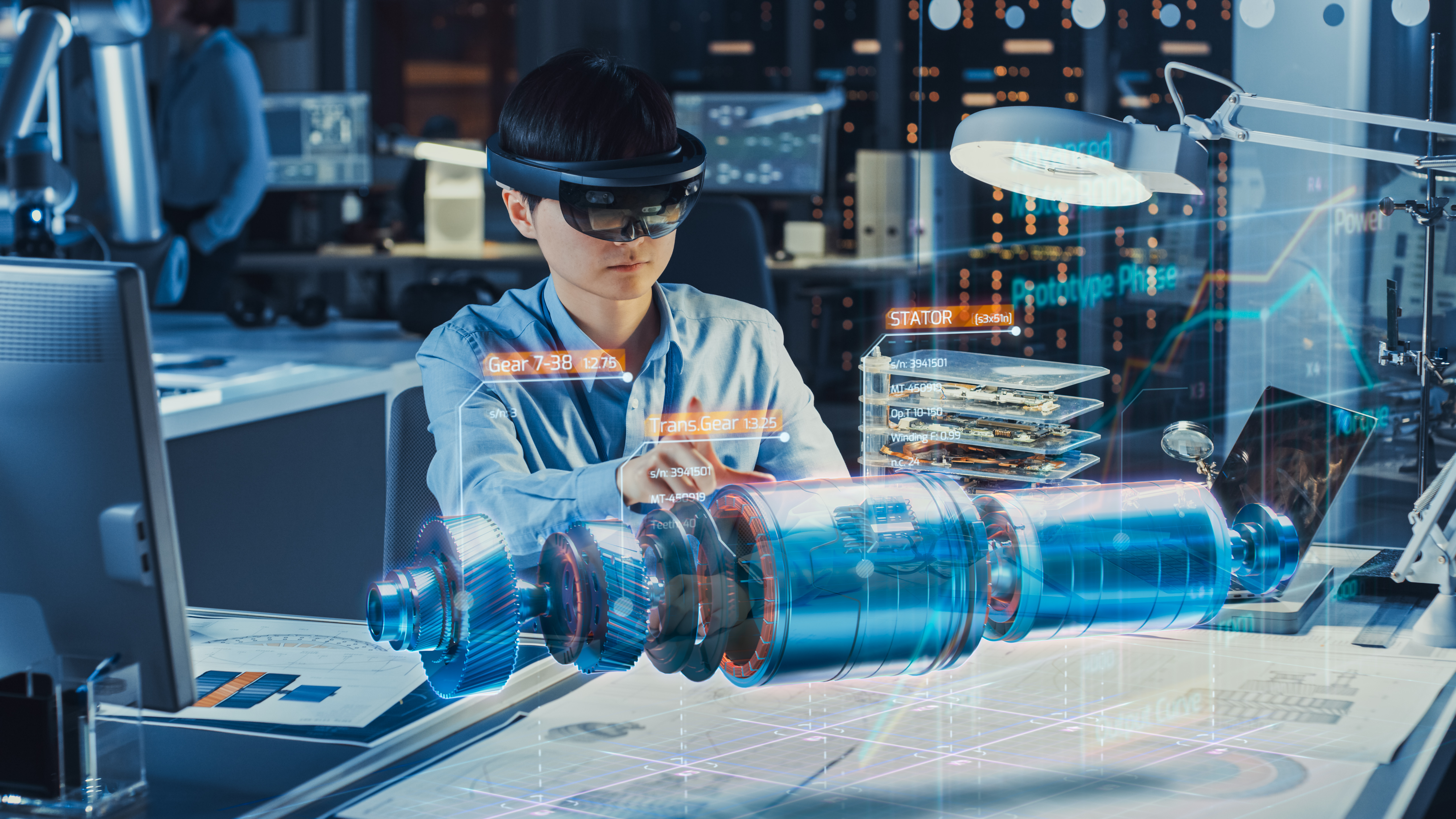 Here in the 2020s, we may not (yet) have cars that fly or general-purpose robots that are autonomous and clever, but we do have billions of network-connected sensors, actuators, appliances, and other devices.
Here in the 2020s, we may not (yet) have cars that fly or general-purpose robots that are autonomous and clever, but we do have billions of network-connected sensors, actuators, appliances, and other devices.
What are all these “things” that make up the internet of things (IoT)? What are they doing?
Quite a bit, it turns out. Industries across the global economy are turning to IoT systems and applications to increase productivity and efficiency, reduce costs, improve working conditions, and delight their customers. For many businesses, IoT is a major focus area for their digital transformations.
In this article we’ll discuss some recent examples of IoT applications in various industries, the value they bring to the organizations implementing them, and why you should consider IoT applications for your unique business problems.
IoT in Healthcare and Wellness
By now, you or someone you know has invested in a wearable fitness monitor that can track walking or running distance, heart rate, blood oxygen, and more. The typical architecture of these systems includes the monitor itself plus various sensors, and a short-range wireless connection to a smartphone app to collect the data and provide feedback.
These wearables are among the most visible and well-known examples of IoT in healthcare and wellness. But they’re far from being the only ones or even the most interesting.
Consider:
- Blood-sugar management – Diabetes patients can benefit from wearable devices that not only monitor the user’s blood sugar but use that information to release insulin into the bloodstream when needed. Doctors can analyze the data collected by the device to recommend diet or behavior modifications to the patient.
- Ingestible sensors – These devices, the size of a large pill, can be swallowed and can transmit information about conditions in the user’s digestive tract. They can be used to identify sources of bleeding (such as stomach ulcers) and monitor pharmaceutical absorption. This approach is far more convenient and less invasive than procedures such as endoscopy and colonoscopy.
- Smart contact lenses – Researchers at many companies and universities are driving toward contact lenses with embedded electronics that can monitor the wearer’s eye health and alert users and their health professionals to conditions such as glaucoma.
IoT in Agriculture
It wasn’t so long ago that tractors and other mechanized farming devices replaced mules, oxen, and horses on farms. Still, farms, ranches, and orchards have arrived late to the internet age, largely because few electronic devices could tolerate the sometimes-harsh environments common in agriculture. Now we are starting to see widespread use of connected devices and the data they provide. Some examples:
- Livestock monitoring – Drones can be useful on large livestock ranches to monitor overall livestock activity and identify sick or injured animals, in addition to collecting atmospheric data.
- Soil and crop-health monitoring – New devices deployed in agricultural fields can monitor the soil for nutrients and moisture as well as hyperlocal climate conditions. They can also monitor plants and trees for signs of disease and readiness for harvest. These tools enable farmers to conduct precision irrigation as well as fertilizer and pesticide use. This saves the farmer money, helps the environment, improves crop yields, and increases product quality.
IoT in Supply Chain and Logistics
It’s four o’clock—do you know where your shipment is? Perhaps more important: Do you know what condition it’s in?
With wireless IoT sensors, you can monitor, from dock to dock, the location and condition of incoming and outgoing goods as well as assets such as pallets, shipping containers, truck trailers, and railroad cars. This detailed tracking capability can be crucial when dealing with goods sensitive to extremes in temperature, humidity, vibration, or other environmental factors.
Closer to home, wireless inventory monitoring reduces the labor associated with counting, managing, and protecting warehouse and retail-floor inventory.
IoT in (Your Business Here)
The examples cited are but a small sample of the overall IoT application landscape. You may not have seen one directly applicable to any of your particular business problems. And that’s okay because every business problem is different; no two IoT implementations are the same.
When contemplating an IoT application, it’s best to think of IoT as a framework, rather than as a specific solution. The value of IoT lies in its infinite flexibility: With the right components and the right software, an IoT application can be designed to address the problems not encountered by anyone else in your industry.
Depending on your business problem, a specific IoT device meeting all your requirements might not exist as an off-the-shelf product. However, chances are good the components needed to create such a device are readily available. You will have to do your own due diligence to analyze the costs and benefits of developing a custom device like this.
When paired with a well-designed IoT application, an IoT device can serve as the foundation of a system that realizes numerous benefits:
- Better data collection – With more sensors in more places, including places that are dangerous or difficult to access, more data can be collected from more areas of any physical business process, whether in manufacturing, biotechnology, transportation, or anything else. The increased data can provide a richer picture of what’s really going on in the business and can be used to make better tactical and strategic decisions.
- Higher productivity – By enabling elimination or automation of the manual drudgery of repetitive tasks, IoT applications can free resources to engage in activities that add actual value to the products or services your business provides.
- Increased efficiency – IoT systems can increase efficiency by providing information on impending equipment failures, product quality issues, and more. This enables businesses to deploy resources exactly when and where they are needed to avoid stoppages and keep the business running.
At AndPlus, we are experts in developing IoT applications and integrating them with a wide variety of IoT devices and platforms. We’ve helped organizations in many different industries realize their digital transformations by partnering with them on their IoT projects. We know the best ways to approach IoT development projects and what pitfalls to avoid.
To share some of our knowledge in this area, we created The AndPlus Guide to the Internet of Things. Download it today to learn more about how IoT technology can be harnessed to address your business needs.

















